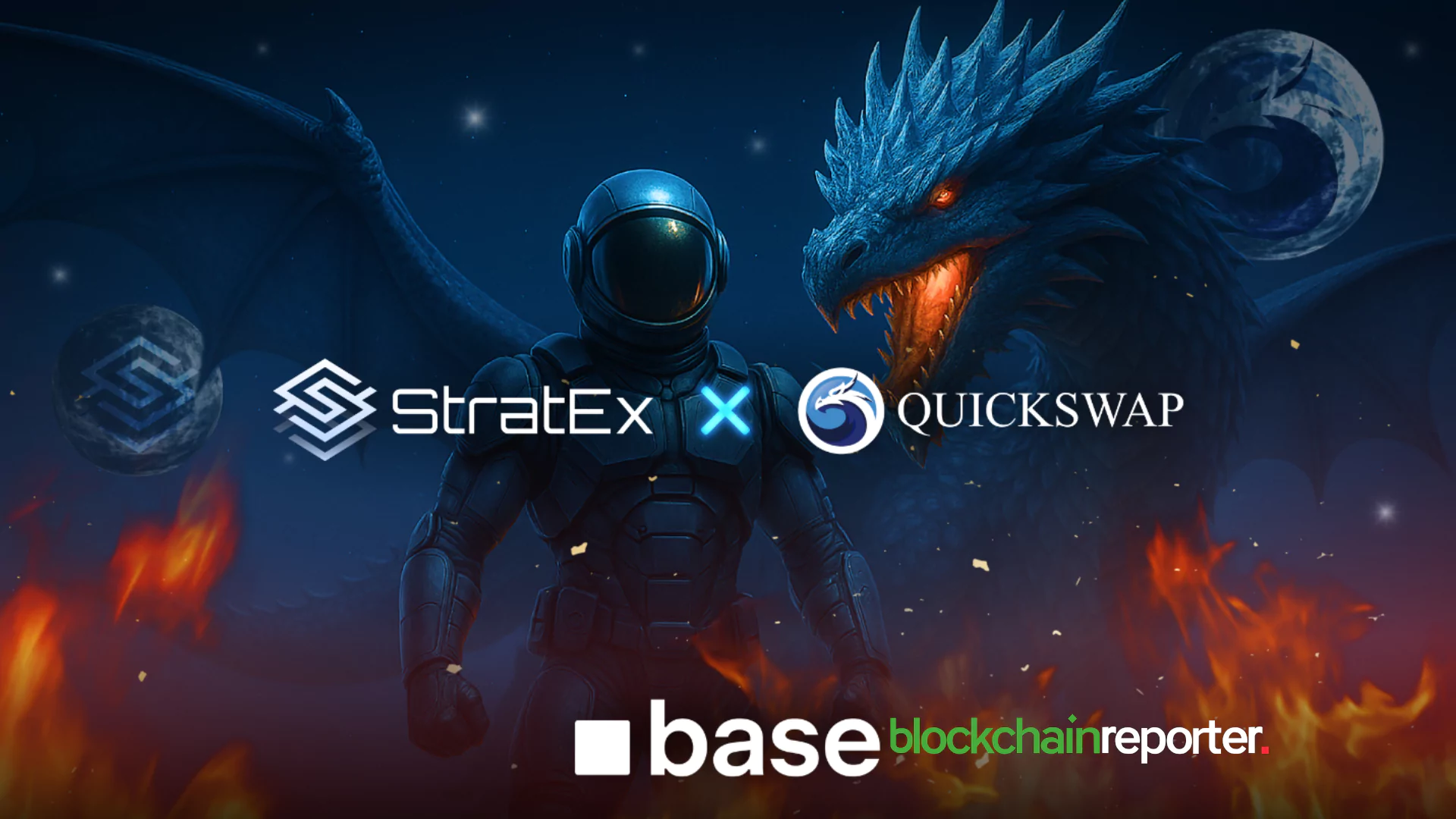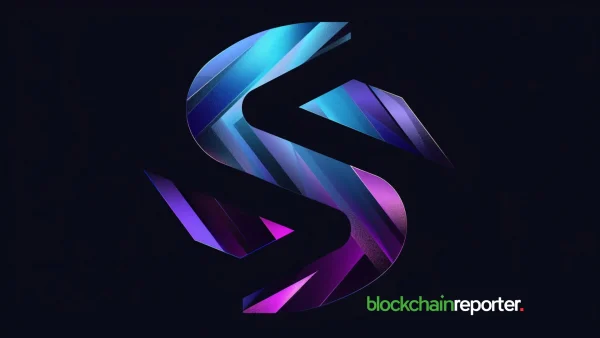
QuickSwap just took a clear step toward making DeFi feel less like a specialist’s playground and more like something anyone can use. After the QuickSwap DAO voted to deploy its high-performance DeFi suite on Base Chain, the team announced plans to integrate StratEx, a strategy marketplace that packages proven, battle-tested DeFi strategies into a simple, one-click experience. The goal is straightforward: make smart yield strategies accessible without forcing users through months of tutorials.
DeFi, but Without the Headache
Anyone who’s spent time in DeFi knows the setup: great yields, powerful composability, and interfaces that can be downright intimidating. That gap, excellent tech on the backend, poor UX on the front, is what StratEx says it wants to fix. Instead of expecting users to learn dozens of protocols, risk models, and fiddly transaction flows, StratEx presents curated strategies in a clean marketplace. Pick a strategy, see its track record, and deploy with minimal friction.
That approach helps both seasoned users and newcomers. Experienced yield farmers get quick access to competitive strategies without wasting time on manual assembly. New users don’t have to decode arcane dashboards or make high-stakes mistakes just to participate. Put simply, StratEx tries to turn complicated, multi-step maneuvers into something a lot more human.
Why Base Chain and Why it Matters
QuickSwap’s decision to move its DeFi suite to Base Chain isn’t just about speed or lower fees. Base has been positioning itself as a home for developer experimentation and emerging AI/agentic tooling, and QuickSwap’s deployment signals confidence in that direction. By marrying StratEx’s easy strategy marketplace with Base’s developer-friendly environment, QuickSwap is betting that better tooling plus simpler UX will attract both liquidity and new users.
From a strategic angle, this is a classic first-mover play. If QuickSwap can offer curated, easy-to-use strategies on a chain optimized for modern tooling, it lowers the “fear of entry” that keeps casual users away. That should bring more TVL (total value locked) and trading volume, and it may pressure competitors to offer equally friendly onboarding options.
What this Could Mean for the Market
If the integration delivers on its promise, clear track records, secure execution, and a genuinely simple interface, the effects could be measurable. Expect more retail users testing yield strategies, a broader distribution of liquidity, and perhaps a shift in how DeFi services present themselves. The industry has long focused on backend innovation; in 2025, the big gains may come from polishing the frontend.
For QuickSwap, the move reinforces its image as an evangelist for new stacks and tooling. For Base Chain, it’s another recognizable DeFi name choosing the ecosystem. And for users, it could mean fewer barriers to entry and more confidence when trying new strategies.
What to Watch Next
The initial rollout will be about integration and ironing out UX and security details: how StratEx vaults behave on Base, how many new users sign up versus how many power users migrate, and whether liquidity actually follows. Any early problems, confusing flows, unexpected gas behavior, or security hiccups will be important signals. But if adoption rises and the vaults perform as advertised, other DEXs and aggregators will likely chase the same model: curated strategies, plug-and-play simplicity, and clearer performance data.
QuickSwap’s StratEx integration, coming on the heels of its Base Chain deployment, points to a subtle but important shift in DeFi: success won’t be judged only by protocols and APYs, but by how many people can actually use those products safely and confidently. If QuickSwap and StratEx pull this off, the next chapter of DeFi might be defined as much by accessible frontends as by clever smart contracts.









